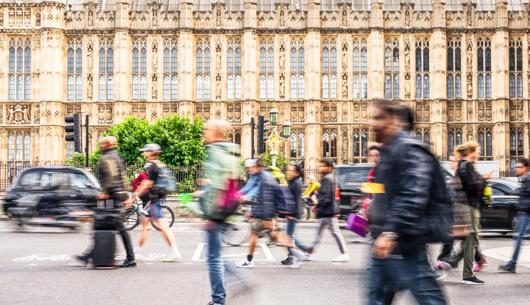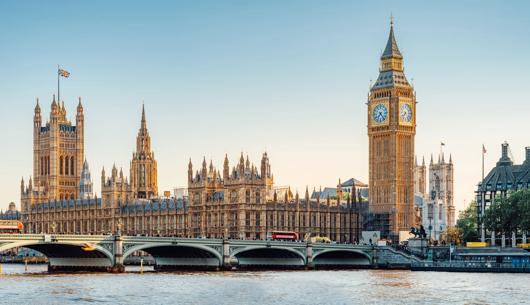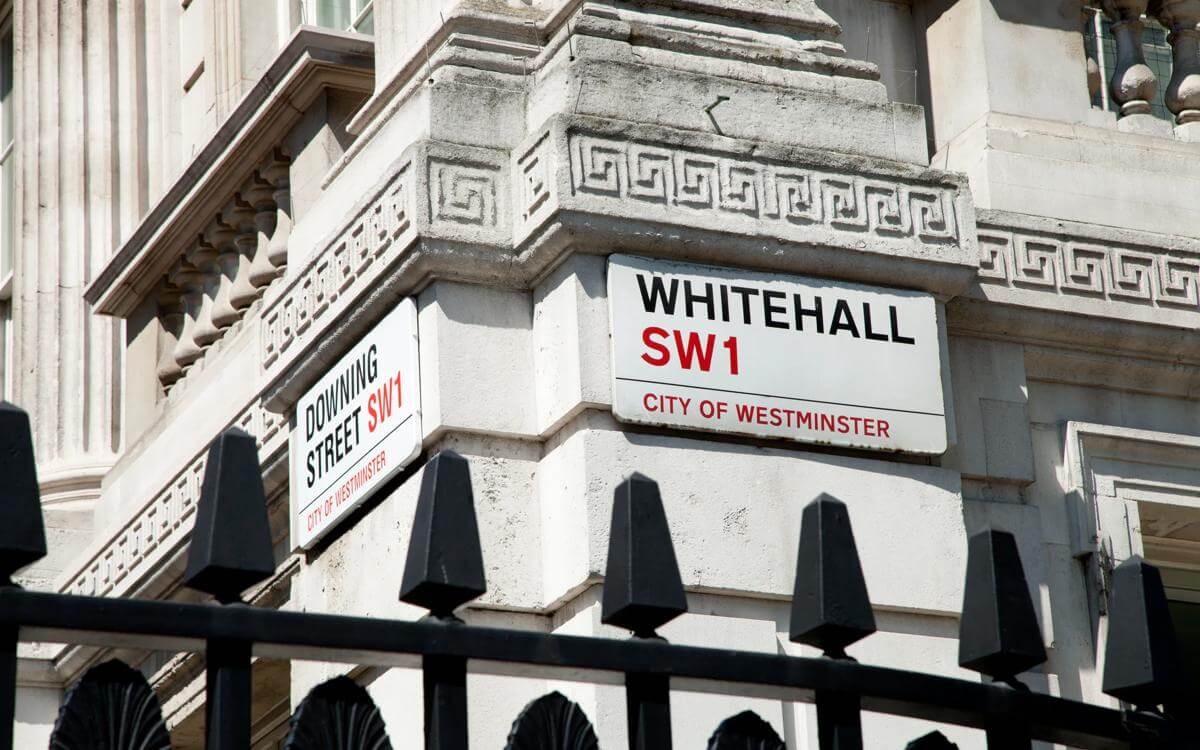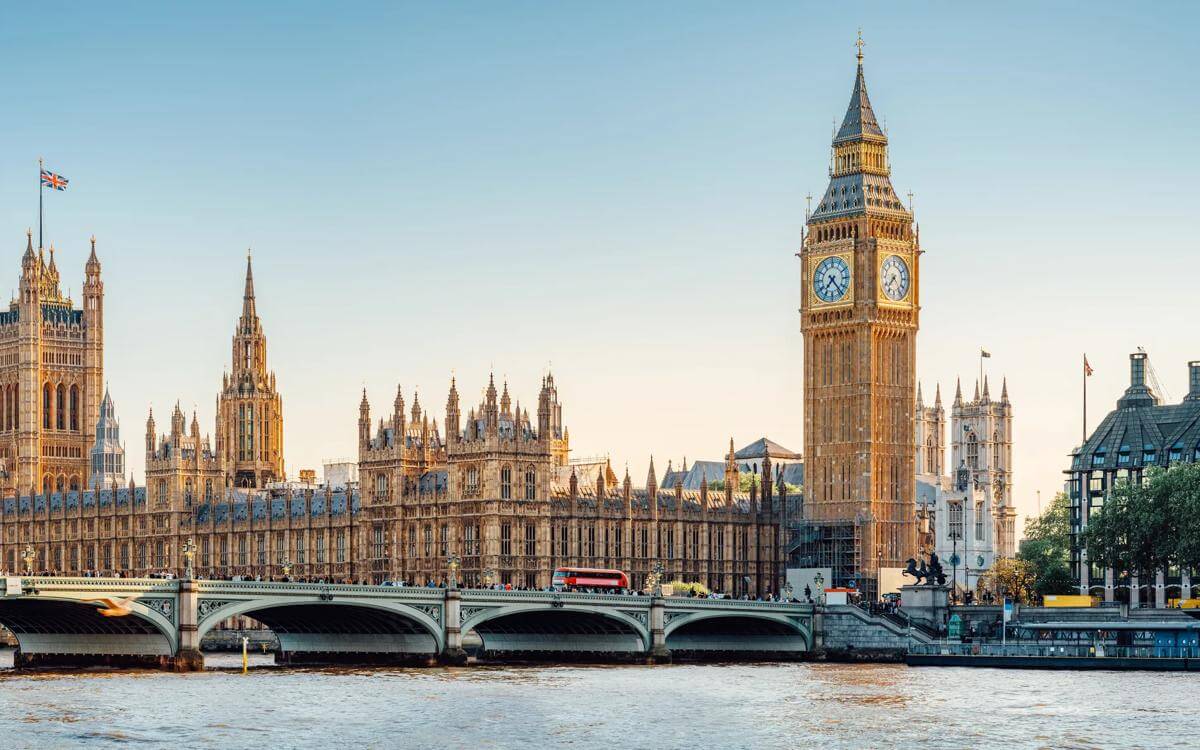This article is taken from November's public matters newsletter. Click here to view more articles from this issue.
Every two years, the Cabinet Office is obliged to review the threshold figures contained within: (1) the Defence and Security Public Contracts Regulations 2011; (2) the Public Contracts Regulations 2015; (3) the Concession Contracts Regulations 2016; and (4) the Utilities Contracts Regulations 2016. The purpose of this review is to ensure that the threshold figures take into account fluctuations in the value of sterling; the existing threshold figures came into force on 1 January 2020.
This is a review which is required by virtue of the UK’s participation in the WTO Agreement on Government Procurement. This agreement between 21 parties (including the US and the EU) seeks to ensure open, fair and transparent conditions of competition in the government procurement market. The practical effect of this agreement is that suppliers from countries party to the agreement are treated equally to domestic suppliers in relation to certain types of procurement opportunities which exceed specified threshold figures.
As these threshold figures determine whether contracts are subject to specific procurement rules, it is critical that, in order to prepare appropriately and continue to meet their legal obligations, contracting authorities are aware of the implications of this biennial review and the amended threshold figures.
The 2022 threshold figures
The Cabinet Office laid before parliament on 1 November 2021 the Public Procurement (Agreement on Government Procurement) (Thresholds) (Amendment) Regulations 2021 (“the Regulations”), which contains the revised threshold figures that will come into force on 1 January 2022. These revised thresholds will not apply to any procurement which has commenced prior to the Regulations coming into force.
The amendments to existing threshold figures are as follows:
| Regulation | Type of Contract | Existing Figure (calculated excl. of VAT) | New Figure (calculated inc. of VAT) |
|---|---|---|---|
| Public Contracts Regulations 2015 | Works contracts | £4,733,252 | £5,336,937 |
| Supply and service contracts awarded by central government | £122,976 | £138,760 | |
| Supply and service contracts awarded by local government | £189,330 | £213,477 | |
| Utilities Contracts Regulations 2016 | Works contracts | £4,733,252 | £5,336,937 |
| Supply and service contract | £378,660 | £426,955 | |
| Concessions Contracts Regulations 2016 | Concession contracts | £4,733,252 | £5,336,937 |
Changes to the VAT position
Furthermore, the Regulations also amend the VAT position of threshold figures. The figures contained in the above table are now calculated inclusive of VAT, departing from the previous position whereby figures were calculated net of VAT. Notably, while the figures contained within the Defence and Security Public Contracts Regulations 2011 and the ‘light touch’ regime threshold figure in the Public Contracts Regulations 2016 have not been updated, this change to the VAT position will apply to these thresholds.
The government is obliged to make this amendment to the calculation of threshold figures as the EU specific methodology for calculating threshold figures exclusive of VAT no longer applies to the UK. As the UK is no longer a member state of the EU, it must now accord with the standard methodology adopted by non-EU members of the Agreement on Government Procurement, which calculates threshold figures inclusive of VAT.
The implications of this VAT change means that there has in real terms been a reduction in value of the threshold figures. As a result, a number of contracts which may have not have otherwise fallen within the scope of the relevant procurements regimes when calculated net of VAT may now be subject to procurement rules. Contracting authorities will therefore need to take this change into account when determining whether anticipated contracts will now be subject to the relevant procurement regime.
The government expects to provide further guidance by publishing a Procurement Policy Note in due course. In light of these amendments and in order to ensure compliance from 1 January 2022, we expect that contracting authorities will consider reviewing and auditing anticipated public procurements where the contract value previously fell just outside the threshold figure. We also expect a greater number of procurements to fall within the scope of the procurement regimes due to the effective reduction to the threshold figures.










































